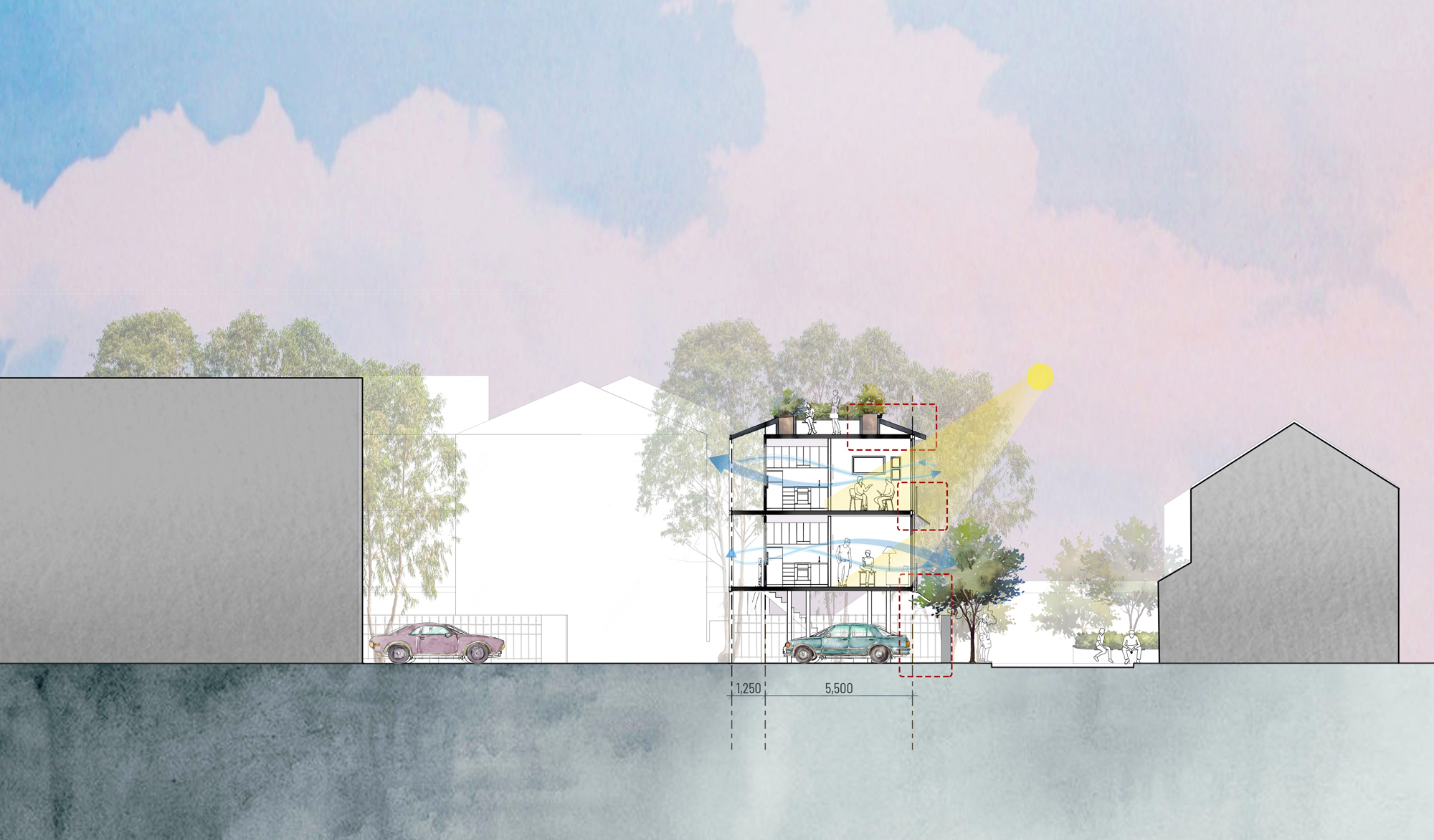
Discussing Housing Diversity
September 3, 2020Designing for Diversity and Affordability, how COVID-19 can highlight the need to focus on building homes that make us healthier and happier.
Globally we are coming to terms with our “new normal’ daily life and what the future of our way of living will look like. The current economic forecasts determined by the pandemic are somewhat concerning for many of us. However, as a lot of us discovered during the forced lockdown in Sydney earlier in the year, this is a perfect time for us to re-assess our lives and refocus on our core values, both personally and professionally.
In the UN’s “Policy on COVID-19 in the Urban World” released in July 2020, it states: “Estimates from the World Bank and UN entities suggest that local governments may on average lose 15 per cent to 25 per cent in revenues in 2021. Cities with less diversified economic bases have been hit especially hard. “ The policy’s first main point highlights the need to tackle this by focusing on existing inequalities in our society.
One of these inequalities, that we as architects are conscious of is the lower socio-economic groups and their limited access to good quality housing.
Robert Muggah, Lecturer at PUC-Rio highlights that the current situation presents an opportunity to look at the data currently collected to drive well informed policy decisions moving forward. Informal settlements in urban areas like Brazil, Nigeria and Bangladesh have seen COVID-19 infections rise rapidly. These areas are homes to 1 in 7 of all people on earth. Risk factors that accelerate the spread of infection include limited basic services, poor amenity and sanitation, as well as insecure property rights. Another reason that these areas are incubators of disease is overcrowding. Informal settlements are typically 10 times denser than neighbouring areas of the same city.
By learning from the impact of COVID-19 in some of the richest cities in the world like London and New York and comparing these to some of the world’s poorest, a lot can be said about the essential role that well-designed affordable housing can play in contributing to the well-being and health of people in urban environments.
The currently available discussion paper in NSW on the proposed Housing Diversity State Environmental Planning Policy (Housing Diversity SEPP) is a timely local response to these topics and could play a very important role to our state’s economic well-being over the next few years. The suggested build-to-rent housing and co-living for a diverse range of end-users could offer innovative opportunities to solve housing inequities in NSW, and we look forward to a multi-disciplinary and holistic consultation process with various stakeholders and community groups.
Research shows us that architecture and our built environments can contribute to user health and wellbeing outcomes. Connection to nature, indoor air quality, solar access and good ventilation, all impact the way that the human brain releases chemicals, called neurotransmitters. Applying principles of salutogenic design, biophilia and advances in neuroscience helps us measure the success of good design.
Affordable housing options designed for diversity and with good amenity, fills an important need in our current housing market. Well-designed housing positively contributes to improving the health and wellbeing of individuals who are often at a sensitive point of the housing continuum. This will avoid these people slipping further down the scale into supported housing, allowing them to stay in control and continue to participate and contribute to our society.
Greater participation in seeking new solutions for housing means increased productivity which brings us back to our key goal in the current pandemic, to keep our economy strong.
Image: Calderflower Architecture’s design for the Sydney Affordable Housing Challenge, 2018.
Our team are ready to bring your vision to life through a collaborative and innovative design process. Get in touch to get started.
2021 © CalderFlower
• Level 4, 48 Chippen Street Chippendale NSW 2008

